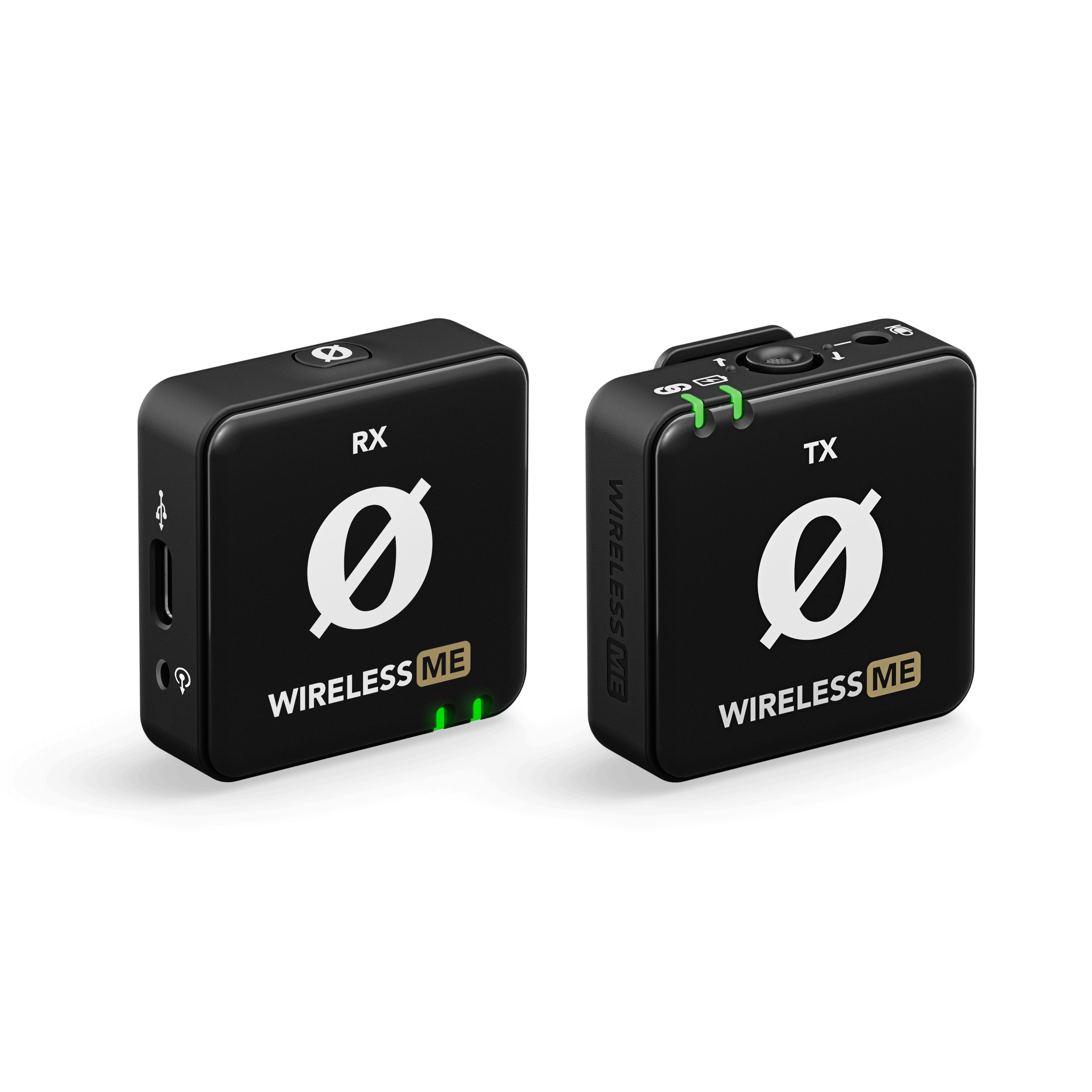Delta Dust and Pet Safety: What Every Pet Owner Should Know
Understanding Delta Dust and Its Use in Homes with Pets
Delta Dust is a widely used insecticidal dust containing deltamethrin , a synthetic pyrethroid designed to target a variety of household pests, including ants, cockroaches, and bedbugs. Its popularity is due to its long-lasting effects and ability to treat hard-to-reach areas such as cracks and crevices. However, for households with pets, ensuring the safety of both application and exposure is paramount. This article offers a comprehensive, factual overview of Delta Dust’s safety around pets, with practical advice for minimizing risk and optimizing pest control results.
Is Delta Dust Safe for Pets? The Facts
When used as directed on the product label, Delta Dust is considered safe for use around pets . Application instructions emphasize keeping pets-and children-out of the room during the process. Once treated areas have settled and are no longer airborne, it is generally considered safe for pets to re-enter the space [1] [5] . The dust is typically applied in areas that pets cannot readily access, such as cracks, wall voids, and behind appliances, further reducing the likelihood of direct exposure.
However, Delta Dust should never be applied directly where pets eat, sleep, or play . While the product itself is not formulated to attract animals, accidental ingestion or inhalation can occur if application guidelines are not strictly followed [3] .
Potential Risks: What Happens If Pets Are Exposed?
The active ingredient in Delta Dust, deltamethrin, can cause adverse effects if ingested, inhaled, or absorbed through the skin. Symptoms in pets may include:
- Vomiting
- Drooling
- Incoordination
- Muscle tremors
These symptoms are more likely to occur if a pet ingests a significant amount or is exposed to concentrated dust. According to the National Pesticide Information Center, deltamethrin can affect dogs and cats if they eat, breathe, or touch it [4] . While most animals are not attracted to the dust (it is not palatable), accidental ingestion can still happen, especially in curious pets.
If you suspect your pet has come into contact with or ingested Delta Dust, contact your veterinarian immediately . Providing the product label and Safety Data Sheet (SDS) can aid in a prompt and accurate diagnosis [2] .
How to Safely Apply Delta Dust in Homes With Pets
For optimal safety, follow these step-by-step instructions:
- Remove pets (and children) from the area before applying Delta Dust. Keep them in a separate room during the process.
- Apply the dust only in targeted locations : cracks, crevices, wall voids, and other inaccessible places. Avoid open or high-traffic areas.
- Wear appropriate personal protective equipment , such as gloves and a mask, to avoid inhaling the dust yourself [5] .
- After application, allow dust to settle completely . This can take several hours depending on ventilation and humidity.
- Wipe down any visible dust residue on exposed surfaces that pets could access, such as floors, food or water bowls, and bedding.
- Ventilate the treated area before allowing pets to return.
- Store unused Delta Dust securely in a location inaccessible to pets and children.
By adhering to these guidelines, you minimize the risk of accidental exposure and ensure that pest control efforts do not compromise the health of your animals.
Real-World Examples: When Pet Owners Used Delta Dust
Many pet owners have successfully used Delta Dust for pest control without negative outcomes. For instance, in user forums and Q&A platforms, homeowners report that, when they followed label instructions-especially keeping pets away during and after application-there were no signs of illness or discomfort in their pets [1] . However, isolated incidents of accidental ingestion have occurred, underscoring the importance of vigilance and proper application.
One case involved a dog licking a treated corner. The pet exhibited mild drooling and lethargy, prompting a veterinary visit. The vet recommended observation and supportive care, and the dog recovered fully. The owner later realized the importance of ensuring treated areas were completely inaccessible to pets.
Alternatives to Delta Dust for Pet-Sensitive Environments
If you are concerned about using chemical insecticides in your home, consider the following alternatives:
- Mechanical barriers : Caulk cracks and crevices to prevent pest entry without chemicals.
- Natural deterrents : Use diatomaceous earth (food-grade) in pet-safe areas, but monitor for inhalation risks.
- Bait stations : Place insect baits in tamper-resistant containers inaccessible to pets.
- Professional pest control services : Many offer pet-friendly treatment options-contact your local provider for details.
Always discuss your specific situation with a pest control professional and your veterinarian, especially if your pet has health conditions or unique behaviors (such as chewing or digging in unusual places).
What to Do if Your Pet Is Exposed to Delta Dust
If you believe your pet may have ingested or come into contact with Delta Dust, take the following steps:
- Remove your pet from the exposure area immediately.
- Gently wipe or rinse any visible dust from your pet’s fur or paws with water.
- Observe your pet for symptoms such as drooling, vomiting, incoordination, or tremors.
- Contact your veterinarian as soon as possible. Bring the product label and SDS to your appointment if available.
- If your regular veterinarian is unavailable, search for emergency veterinary services in your area or contact an animal poison control center. You can call the ASPCA Animal Poison Control Center for guidance.
Prompt action and clear communication with your veterinarian are crucial for the best outcome.
Key Takeaways and Best Practices
Delta Dust can be used safely in homes with pets when application instructions are followed precisely. Prioritize your pet’s safety by keeping them out of treated areas during and after application, preventing access to treated cracks and crevices, and storing products securely. Consider alternative pest control methods if you are unsure or have highly sensitive pets. For additional guidance, consult your veterinarian and pest control specialist to tailor a solution that fits your household’s unique needs.
How to Find More Information and Support
For detailed safety data, product usage instructions, and up-to-date recommendations:

Source: travelandleisure.com
- Read the Delta Dust product label and Safety Data Sheet (SDS) included with the product or available from the manufacturer’s official website.
- Contact your veterinarian for case-specific advice. Bring product information to your appointment if needed.
- For poison emergency support, you may call the ASPCA Animal Poison Control Center or search for “animal poison control” and your local area for regional hotlines.
- If you have questions about safe pest control in homes with pets, ask your local pest management professional about pet-safe alternatives and best-practice application methods.
By staying informed and proactive, you can maintain a pest-free home without compromising the well-being of your pets.

Source: travelandleisure.com
References
- [1] DoMyOwn (2016). Is Delta Dust safe around dogs?
- [2] DoMyOwn (2015). Delta Dust Insecticide Help – Q&A.
- [3] Dial A Vet. Is delta dust safe for pets if used near play area?
- [4] National Pesticide Information Center (2010). Deltamethrin General Fact Sheet.
- [5] Solutions Pest & Lawn (2025). Delta Dust Insecticide – Deltamethrin.
MORE FROM lowcostbotox.com













